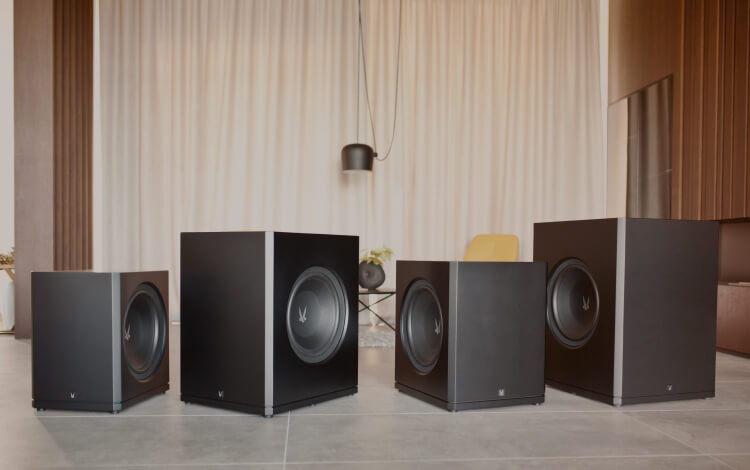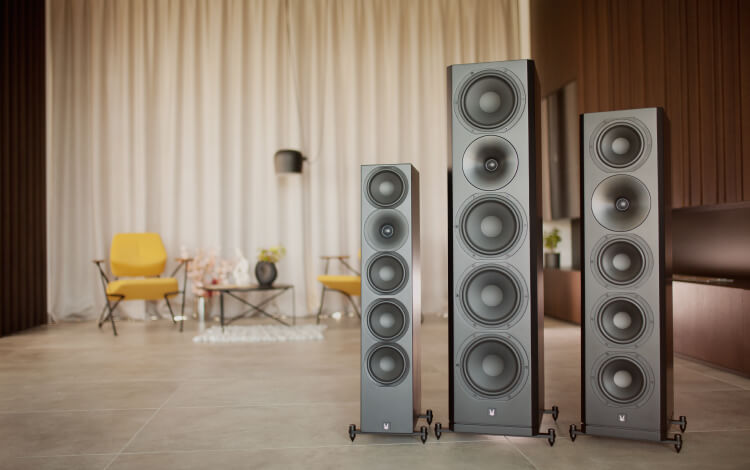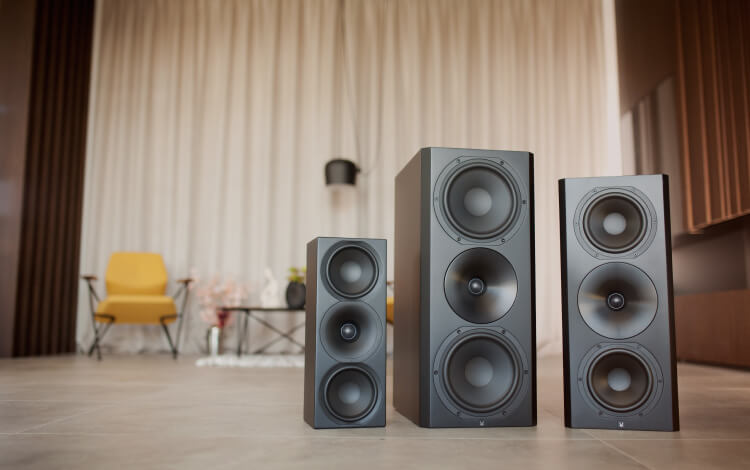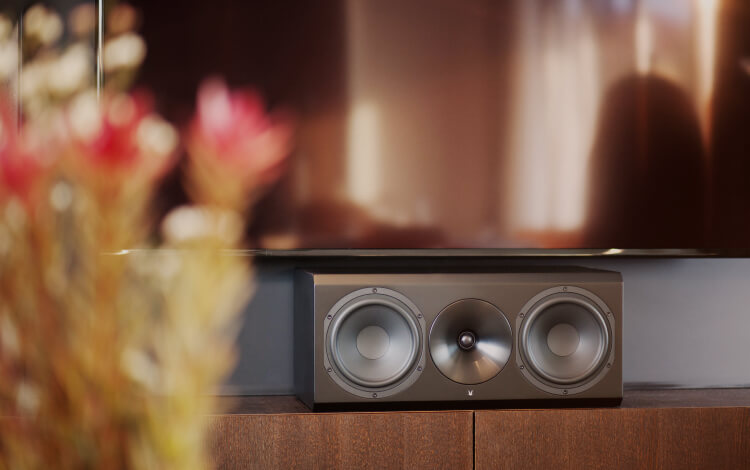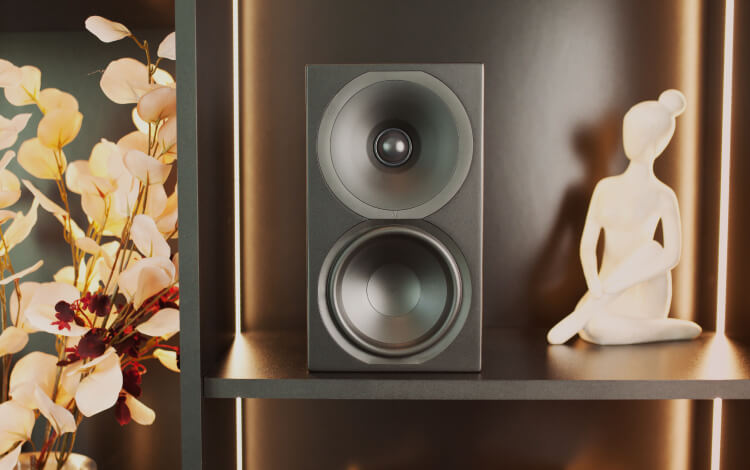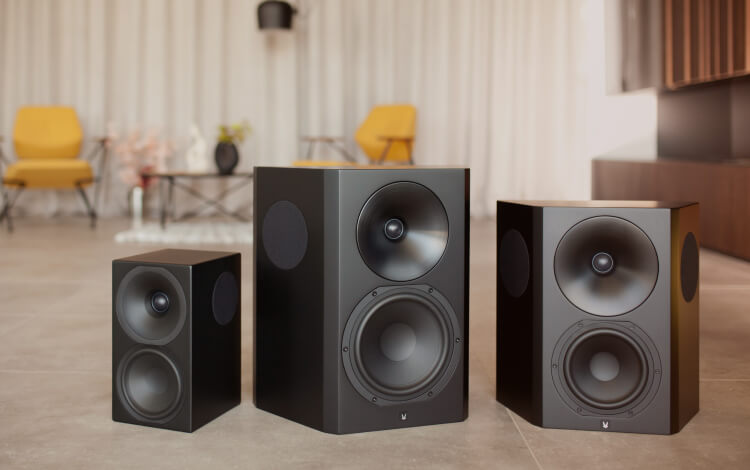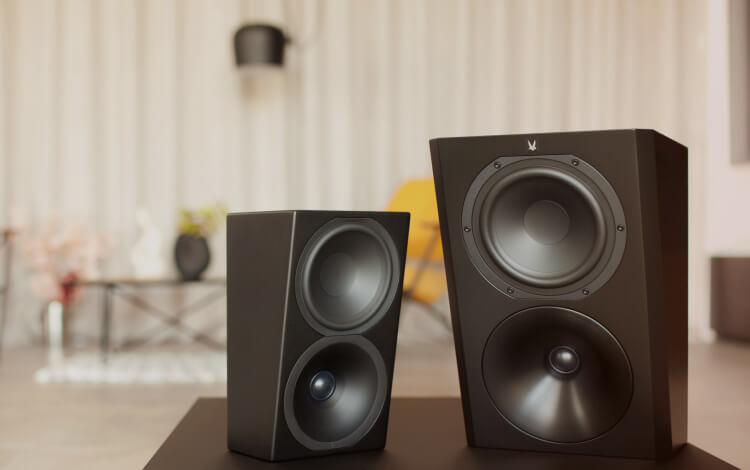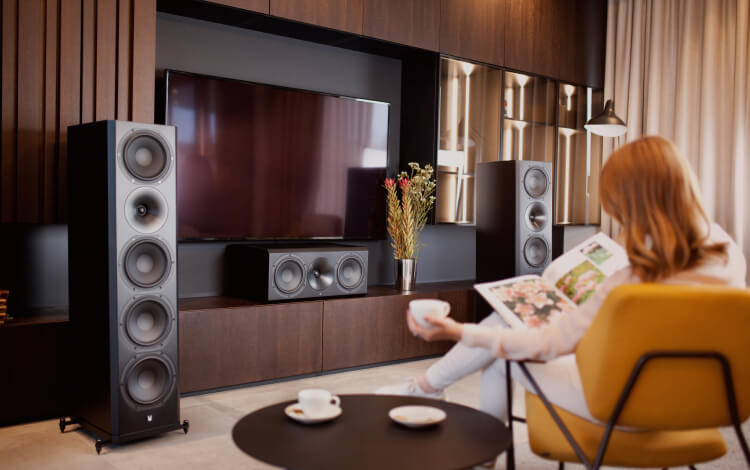How to Upgrade Your Surround Sound System as Your Home Theater Needs Grow
When designing your dream home theater, one key factor that you can’t overlook is the scalability of your audio system. As your passion for cinema evolves, so too might your desire for richer sound and more immersive experiences. This guide will delve into the benefits of choosing a scalable surround sound system, ensuring that as your needs grow, your sound system is ready to rise to the occasion.
Understanding the Basics of Surround Sound
Before considering scalability, let’s cover the basics of what surround sound systems are and how they work. Surround sound systems are designed to envelop you in audio, coming from multiple directions. This creates a more realistic and immersive auditory experience, akin to what you would experience in a movie theater.
Now, what makes surround sound ‘scalable’? A scalable system allows you to add or upgrade components over time. This flexibility is perfect for both newcomers to home theater setups and audiophiles looking to gradually increase their system’s capabilities.
A typical entry-level home theater may start with a 5.1 surround sound system – that’s five speakers and one subwoofer. However, your system could grow to include additional speakers, like in a 7.1 or even an Atmos system, with speakers added for overhead sound.
Starting with a Solid Foundation
A strong foundation is crucial for a scalable audio system. This means investing in quality core components that won’t need replacing in the near future.
Choosing a receiver that supports multiple channels, even beyond your initial speaker setup, is one way to future-proof your system. A receiver acting as the hub of your home theater should also come with a variety of inputs, supporting various audio sources and formats.
Apart from the receiver, starting with high-quality front left and right speakers is another strategic move. These speakers play a significant role in your audio experience and will remain vital even as you add more speakers to your setup.
Modular Speaker Systems: Customizing Your Soundscape
Modular speaker systems are a quintessential element of scalability. With the ability to add individual components over time, such setups cater to both budget constraints and space considerations.
When purchasing speakers, look for brands and models with a consistent design philosophy and technical specifications. This ensures that when you add more to the setup, they’ll match the audio profile of your existing units, resulting in seamless sound integration.
As an example, if you start with bookshelf speakers, ensure that the brand offers compatible floor-standing, center-channel, and surround speakers that you can acquire later to expand your system for a cohesive sound experience.


